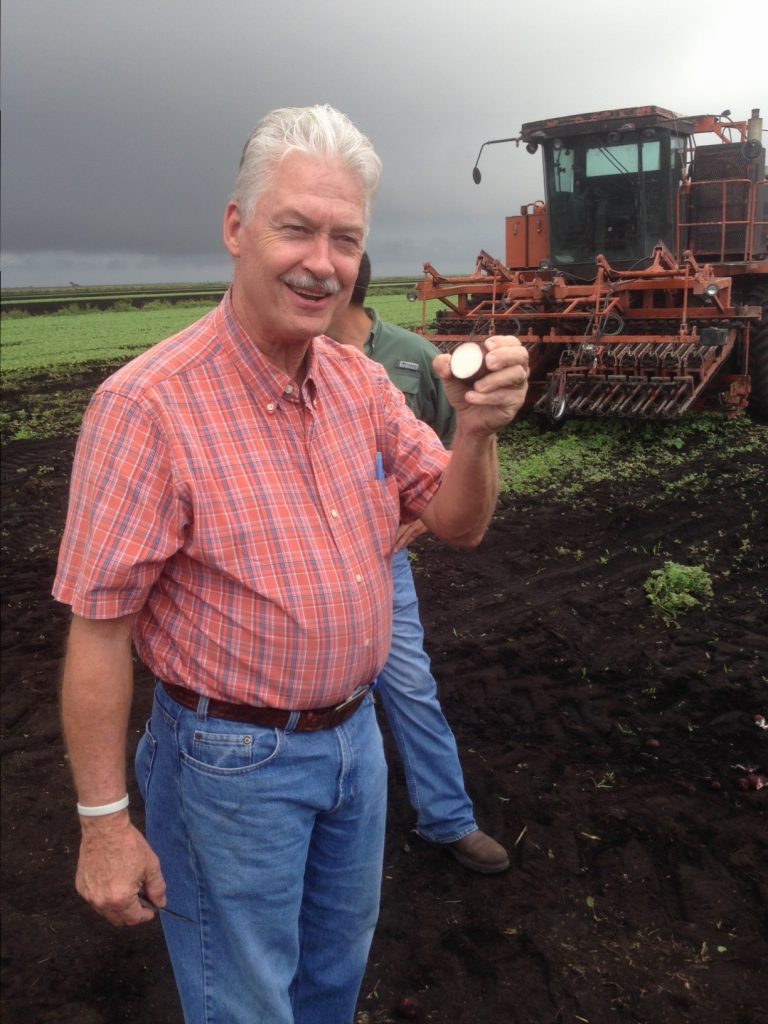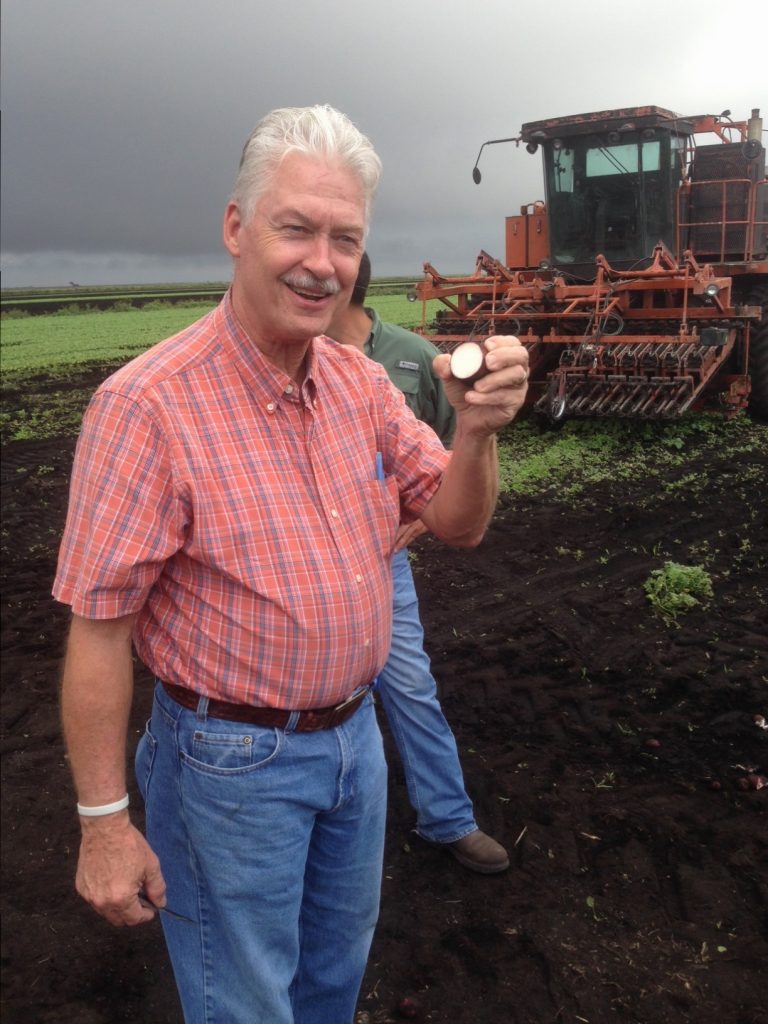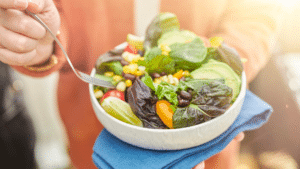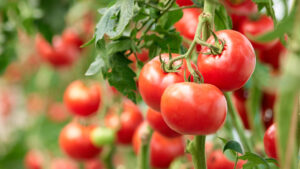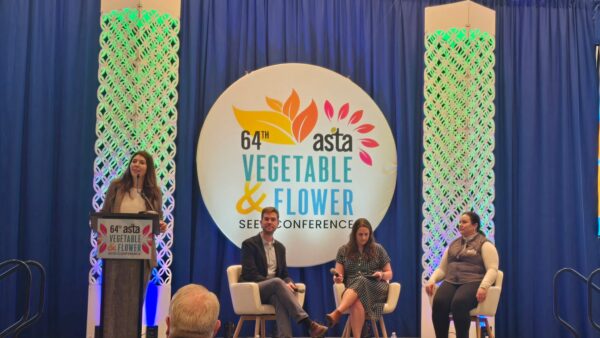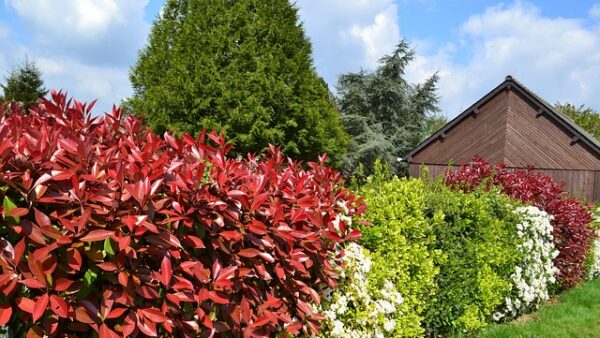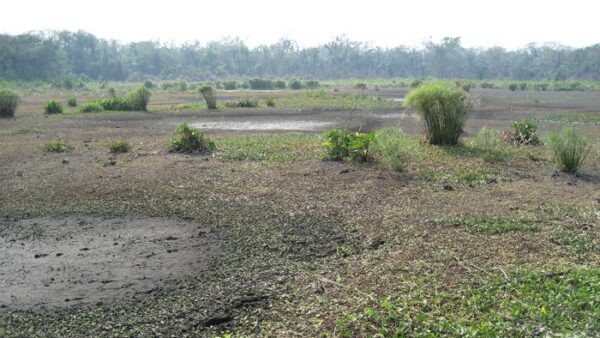Today, March 6, Rick Roth and his son Ryan of Roth Farms in Belle Glade, Fla., talk about why they have grown the same radish variety for more than 20 years.
Red Silk, an open-pollinated radish produced by HM.CLAUSE, is non-pithy, the color doesn’t bleed and it has a two- to three-week shelf life, explains Roth. Additionally, it is known for its tolerance to fusarium yellows, club root race 6 and black root. It’s especially well-adapted to Florida and low pH soils.
The Roth family, which started vegetable farming in Ohio, moved to Florida in the 1940s where they have been growing a diversity of crops since. Today, sugarcane is Roth Farms’ biggest crop. They also grow rice in the summer; vegetables in the winter, primarily leafy greens; and have ornamental trees. Altogether, Roth figures he farms about 5,500 acres.
When it comes to radishes, Roth explains that one of the desirable characteristics that farmers look for are those with a nice flat top, which makes it easy for cutting the green top off. “Consumers don’t want the greens left on their radishes,” Roth says, noting that the green tops actually steal nutrients from the radish.
He plants eight radishes per foot into a muck soil with about 70 percent retention. The remaining 30 percent don’t make the grade cut due to pest or mechanical damage and green tops.
The crew at Roth Farms mechanically harvests radishes, 14 rows at a time, with a retrofitted Byron mechanical corn harvester. “We threw away the corn head and gutted the middle,” Roth says.
After the radishes are harvested, they are washed, packaged and go through three stages of hydrocooling. At the Roth packing facility, the radishes are packed and graded at about 60 degrees Fahrenheit. They are graded into three categories — 6 ounce, 1 pound, and larger than 1 pound. Once graded and packaged, the radishes are stored at a temperature of 35-40 degrees. Eight to 10 days after harvesting, the radishes leave the farm and are ready for consumers to purchase.
Roth says he tells all Florida radish growers that they need to grow Red Silk. “It produces a great uniform product,” he says. “If as an industry we can consistently produce a quality product, the whole industry benefits. Demand for radishes is good right now.”


